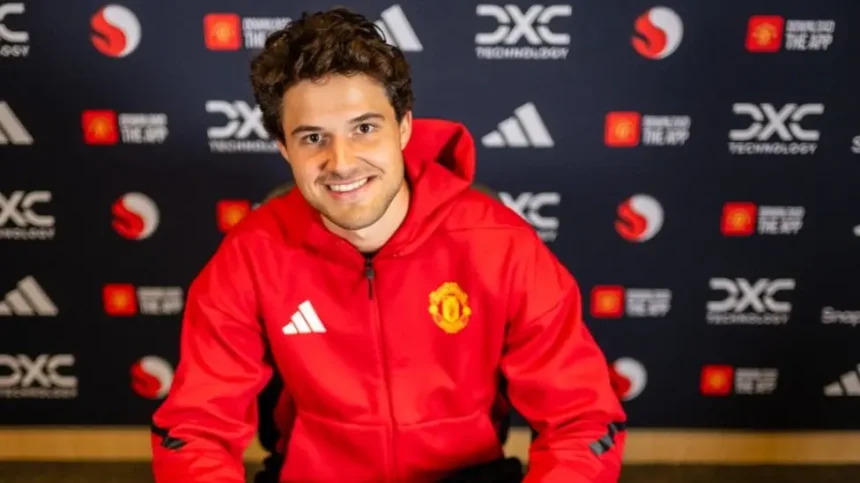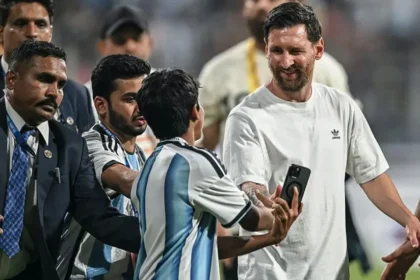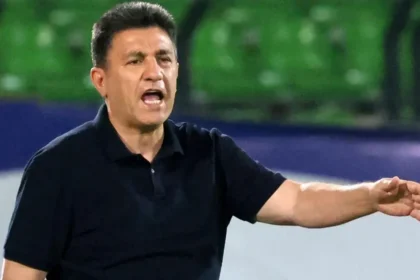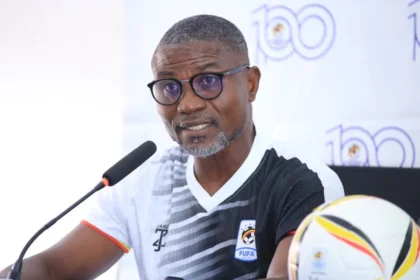Manchester United’s decision to sign 23-year-old goalkeeper Senne Lammens for £18.1 million, instead of making a late move for Aston Villa’s Emiliano Martinez, reflects a bold commitment to the club’s long-term vision — a strategy known internally as “Project 150.”
The project, first outlined by CEO Omar Berrada in September 2024, sets its sights on winning the Premier League title by 2028 — the club’s 150th anniversary. Berrada reaffirmed this ambition in June, telling United We Stand fanzine: “Why not aim for it?”
The Final-Day Decision
With just hours remaining in the transfer window, United made their choice. Instead of calling Martinez up the M6 to Manchester, they instructed Lammens to board a private jet and seal the deal.
The choice wasn’t just about the present — it was about building for the future.
Martinez vs. Lammens: The Debate
United respected Martinez’s pedigree. A World Cup winner and Premier League-proven shot-stopper, he had long hoped for a move to Old Trafford. But United’s leadership viewed the bigger picture.
Despite Martinez’s experience, his error rate raised concerns. Last season, he made six mistakes leading to shots, compared to four from current United goalkeeper Andre Onana. And while Martinez is known for his commanding personality, even head coach Ruben Amorim has acknowledged: “It is hard to be a Manchester United goalkeeper in this moment.”
Lammens, on the other hand, represents potential. At 6ft 4in and just 23 years old, he has made 93 senior appearances, mostly in the Belgian Pro League. His only Champions League outing came in Royal Antwerp’s 2-0 loss to Porto in November 2023. He was called up to Belgium’s senior national team in March but is yet to earn a cap.
Still, it was United’s data-driven scouting model, revamped under minority owner Sir Jim Ratcliffe, that placed Lammens firmly on their radar.
The Data Behind the Deal
Internal analysis highlighted Lammens as exceptional in several key metrics:
- Claimed crosses
- Shot-stopping
- Rebound prevention
- Lack of errors
He also made more saves than any goalkeeper in Europe’s top 10 leagues last season and led in progressive passes among goalkeepers under 23 — an important trait for modern keepers.
United’s Director of Football, Jason Wilcox, confirmed there was “significant interest” in Lammens from other clubs, adding to the urgency of the move.
Looking Ahead: 2028 and Beyond
By the time “Project 150” hits its target in 2028, Lammens will be 26 — typically when goalkeepers begin entering their prime. Martinez, in contrast, would be 35.
It’s a similar dilemma United faced in their pursuit of Benjamin Sesko over Ollie Watkins — opting again for long-term upside over immediate readiness. But unlike the striker situation, United had already secured two proven Premier League attackers in Matheus Cunha and Bryan Mbeumo, giving them more flexibility in goal.
Following shaky performances from Altay Bayindir and Onana, the club decided to bolster their goalkeeping options instead of reinforcing midfield late in the window.
The Background to the Move
Lammens had been on United’s radar since last season, with talks held with Royal Antwerp earlier this summer. The Belgian was eager to make the move, and renewed negotiations last week quickly led to the deal being finalized on Monday.
United are aware of the gamble — Lammens lacks top-level experience, and it’s unclear whether he’ll immediately become Amorim’s first-choice keeper. Meanwhile, either Onana or Bayindir may still be moved on, with clubs in Europe and the Middle East still active in their respective transfer windows.
But alongside the analytics, Lammens also comes with strong personal recommendations — and the belief that he could grow into the kind of goalkeeper capable of anchoring United’s future.















